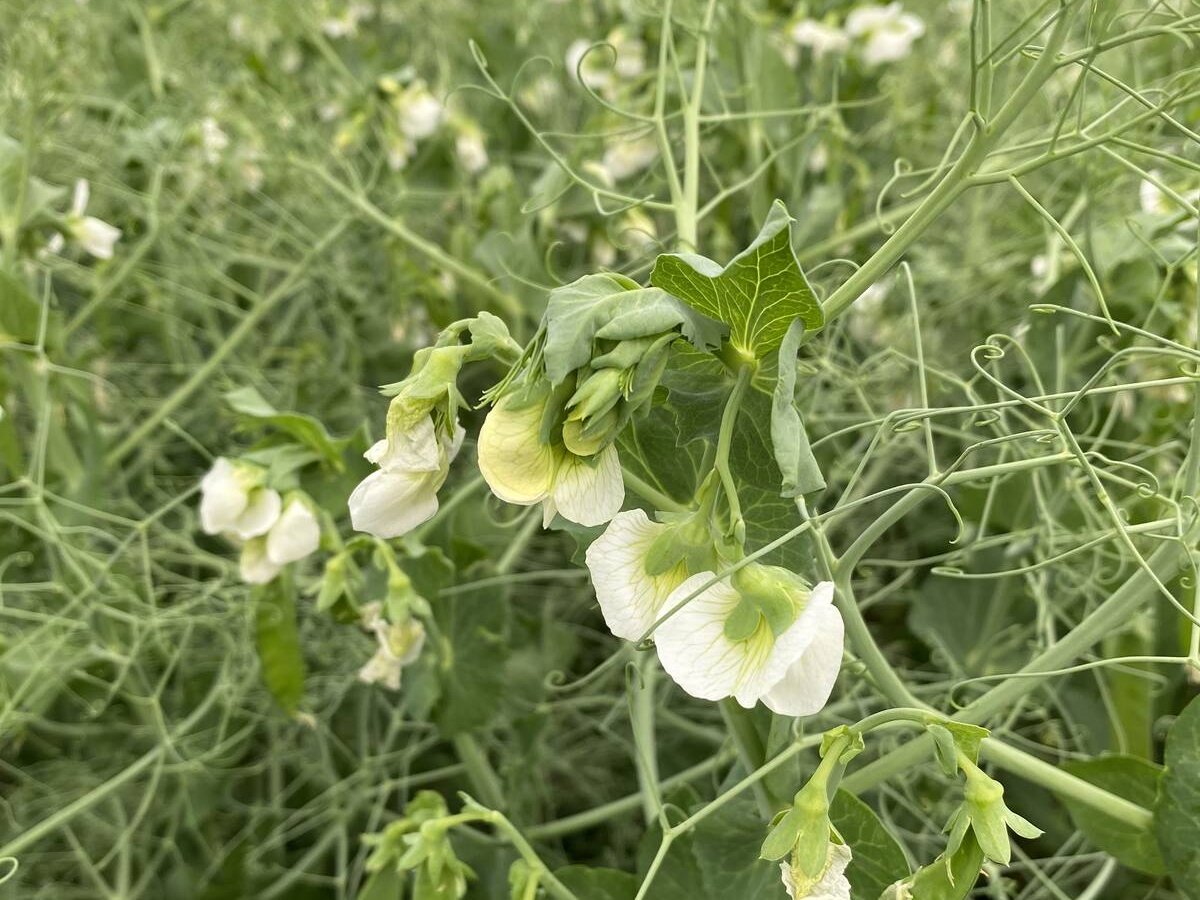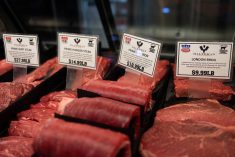Pea carryout estimates are dropping, but traders still consider them to be burdensome.
Carsten Bredin, assistant vice-president for eastern grains and peas with Richardson International Ltd., said he is hearing stock estimates of 750,000 to 900,000 tonnes, which is down considerably from the one million tonne carryout mentioned during Crop Production Week in Saskatoon in January.
However, Bredin said it is still a “heavy, big number.”
Whether it shrinks further before the end of the 2008-09 marketing campaign is up to growers.
“Are farmers going to sell it at low enough prices to bring that carryout down or are they just going to hold the peas on the farm? That’s the question,” he said.
Read Also

India slaps 30 per cent import duty on yellow peas
India has imposed a 30 per cent duty on yellow pea imports with a bill of lading date on or after Nov. 1, 2025.
Yellow peas were selling for $5.50 to $5.75 per bushel at the beginning of this week, which is about half what they were trading for at the beginning of 2008.
Bredin said growers are not selling fast enough at those values to reduce the carryout to a more manageable level, which could come back to haunt them.
“They’ve never held more than 550,000 tonnes of peas on the farm, so to hold 750,000 to one million (tonnes) is a big change.”
Les Aubin, a pea trader with Walker Seeds Ltd., said the Canadian Grain Commission reports good movement of bulk peas, but he suspects container business is smaller than it has been for the past two years.
He said pea carryout is a tough number to peg, but if he had to guess he’d say 750,000 to one million tonnes, which wouldn’t do much to strengthen old crop values. About five percent of the carryout would be green peas, the remainder yellows.
Over the next month, markets will increasingly focus on new crop values, which are $4.75 to $5 per bu. for yellows.
“There is definitely some downside potential,” Aubin said.
Michelle Fleury, livestock market development consultant with Saskatchewan Pulse Growers, said farmers who have feed quality peas should pay particularly close attention to today’s prices.
“If the price is acceptable for you, look at moving those (feed peas) as quickly as possible because they will take the greatest price pressure at the end of the marketing year if we have an oversupply of peas,” she said.
Saskatchewan Pulse Growers has a listing of feed pea buyers on its website. Fleury said it appears that hog barns are offering more than elevator companies these days.
She has heard estimates of 200,000 to 250,000 tonnes of feed quality peas produced in 2008, and growers need to shop around for the best price.
Bredin said the number is lower than that and whatever remains is fed directly on the farm.
“That market is dead,” he said. “There is no feed peas of any appreciable quantity, so it’s irrelevant.”
Bredin said despite the potential danger of another year of oversupply, growers seem to have little appetite for taking peas out of their crop rotations.
Agriculture Canada forecasts 3.7 million acres of the crop, down seven percent from last year’s plantings.















